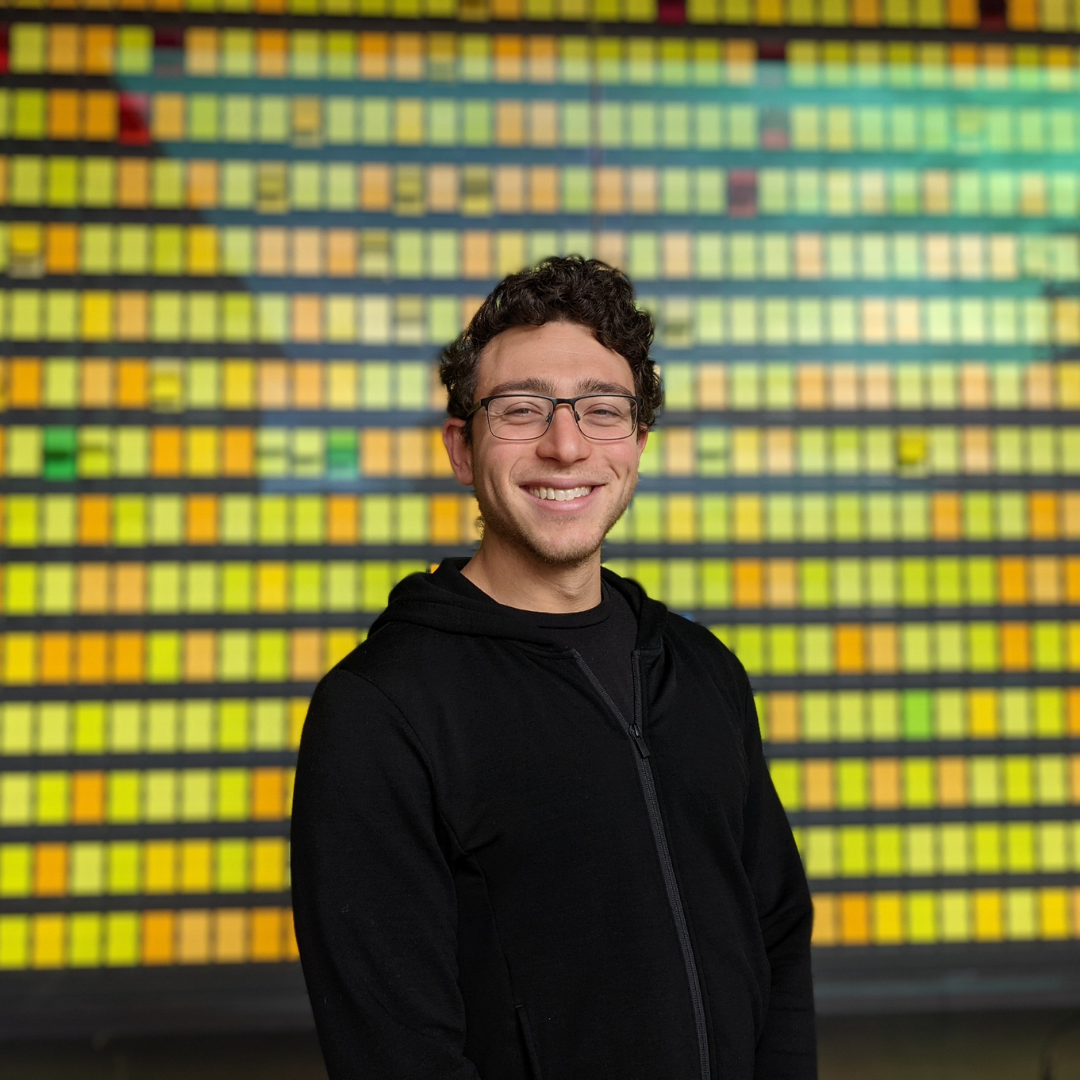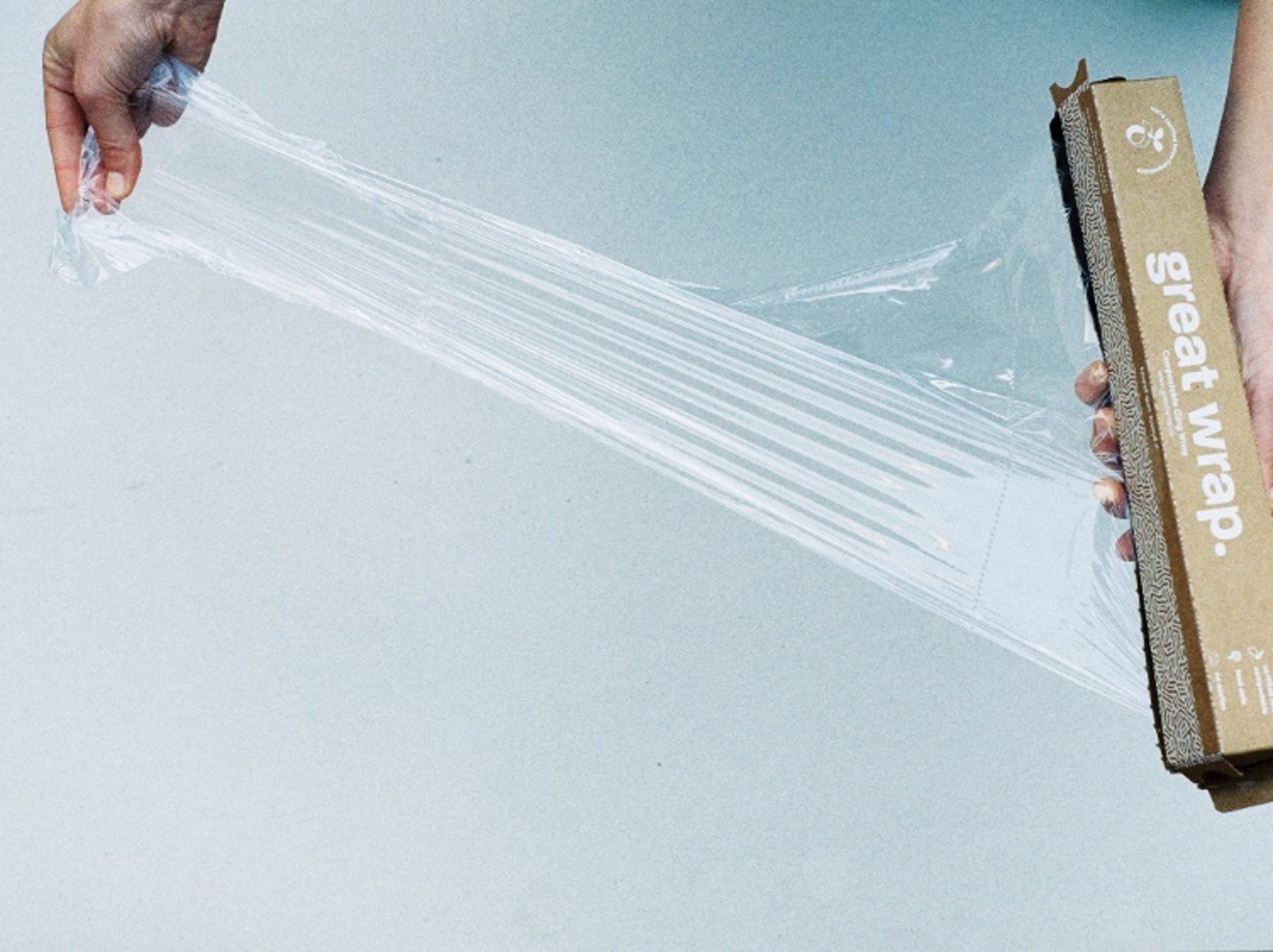Jordy Kay, the CEO of Great Wrap, took some time to talk about what he’s working on to solve plastic waste and where the market is heading.
How/why did you start Great Wrap?
At age 15, I dropped out of high school and moved to Europe, worked in vineyards, and eventually started my own label, making organic wine. Over time, I became frustrated with the way the world was with packaging and very passionate about climate, and I saw that plastic waste was an issue. I felt that we could do a better job with plastic waste and the climate –I was using just absurd amounts of plastic wrap to wrap my pallet to send them overseas and within Australia.
As I started to do research, I realized that biodegradable means that it is still petroleum-based plastic with just an organic additive. As a result, it breaks down at a much more rapid rate into small pieces and microplastics. Compostable alternatives can be expensive and can also be made from oil derived products.
In terms of a climate alternative, there was not a great solution that we would like, so we decided to create our own products that we can get contract manufacturing overseas. We came up with a formula and developed our own product. We launched the world’s first certified compostable pallet wrap in March 2020.
Can you describe what your company does and the impact?
We are solving one of the biggest plastic problems of our time. Millions of pallets are freighted everyday wrapped in plastic stretch wrap, we offer the only alternative.
In Australia we send 150,000 tons of cling wrap and pallet wrap to landfill every year. 10% of the world’s petroleum is used to make plastic and sadly it is much cheaper to make more pallet wrap from virgin plastic than it is to recycle it.
We see these figures as a great opportunity for change. Using compostable feedstocks, we have developed a new formula that is just as strong as plastic stretch for almost the same price.
We are developing PHA-based products because it can break down in any environment – it’s marine biodegradable, it’s home compostable, and it’s soil and landfill biodegradable. Biopolymers still break down into carbon dioxide and/or organic matter, depending on the environment that they go in, so they can still emit CO2 into the atmosphere. This is why taking methane out of the atmosphere by converting food waste into the product is a great solution.
We will soon be using food waste to make a large portion of our wrap, with which we can achieve about 60-70% conversion food waste to product. We are diverting 100,000 tons of food waste from landfill to create 50,000 tons of wrap – the other 50,000 tons are being used as energy via anaerobic digestion. 150,000 tons of compostable wrap made from food waste will reduce the CO2 equivalent of a small city not using cars for a year.
In 2021 we plan to make all our products from converted food waste at our factory in Australia. Our dream is to close the loop on our manufacturing so that fossil fuels and intensive agriculture are no longer a part of the production landscape.
Our goal for 2022 is to produce 50,000 metric tons of alternative plastic wrap. By 2025, we can easily be a substitute for supermarket plastic wrap.
How are you thinking about the sector as a whole?
This whole industry is really in its infancy stage, and because of that, the space is fragmented. Some companies are focused on manufacturing, and some are focused on branding. We’re trying to do everything from sourcing the food waste to making the resin to making the product and then selling direct to the customers.
How does the ecosystem seek to benefit from your technology?
Our goal is to create a circular economy: food waste is diverted from landfill, is converted to wrap, gets composted, and then is used for gardens. We’re working with the state of Victoria, specifically with their largest composting facility their collection service. The goal is to set up a collection service so that after pallet wrap is used, it can then end up in a composting system that gets sold locally for use in city gardens.
How are you thinking about policy and the market?
In Australia, we have about 150+ industrial composting services, which is why we can thrive here. We are looking at expanding into the EU and US, though, as both regions are still behind, from both a waste and composting services perspective.
We just received funding from the government in Australia. We are also applying for other grants as there’s a lot of government funding to support sustainable plastic waste management issues in the US.
From the market perspective, big petroleum companies, like Shell, are divesting out of oil and they’re putting a lot more money into renewable energies and alternatives to plastics. The biggest companies in the world who previously were driven by oil now say that there’s more profit there, which is super encouraging.
What does the future look like?
We’ll see a lot more collaboration between brands and manufacturers, especially as companies are currently focusing on IP and process, and the space is fragmented.
Progressive companies will start to incorporate a better packaging into their products, which will only continue to grow and become a standard.
Some of the biggest companies in Australia who use huge amounts of cling wrap and pallet wrap are reaching out to us, and they’re happy to pay whatever price we name – they’re keen to come on board and be a part of this movement.
It’s gotten to the point where you just can’t stop this movement. If you look at the investments going into this space and the data on the increase of biopolymers being used in Australia, it’s growing from year to year, and it’s just going to keep growing.
About The Author

Daniel currently works at Lawrence Livermore National Laboratory. His original assignment was to maintain and update facility safety documentation for all facilities on-site, and perform risk analysis. Over time, his role has expanded to leading continuous improvement efforts through product management.
Concurrently, Daniel volunteers with Techstars, helping organize startup weekends, and with the American Institute of Chemical Engineers, organizing events on the local and national levels of the organization. He also volunteers with One World, and previously with Powerhouse Ventures, to source and screen startups for potential investment.
Daniel holds a BS in Chemical Engineering from UC Davis, and recently completed coursework in energy innovation from Stanford. His passion is at the intersection of sustainability, innovation, and business.

